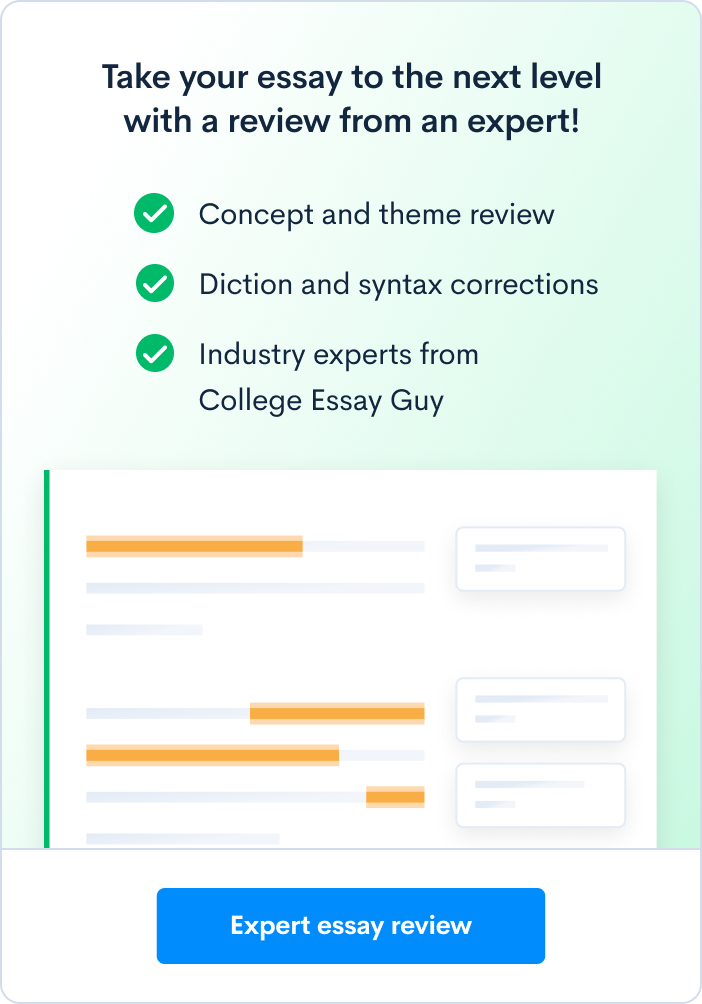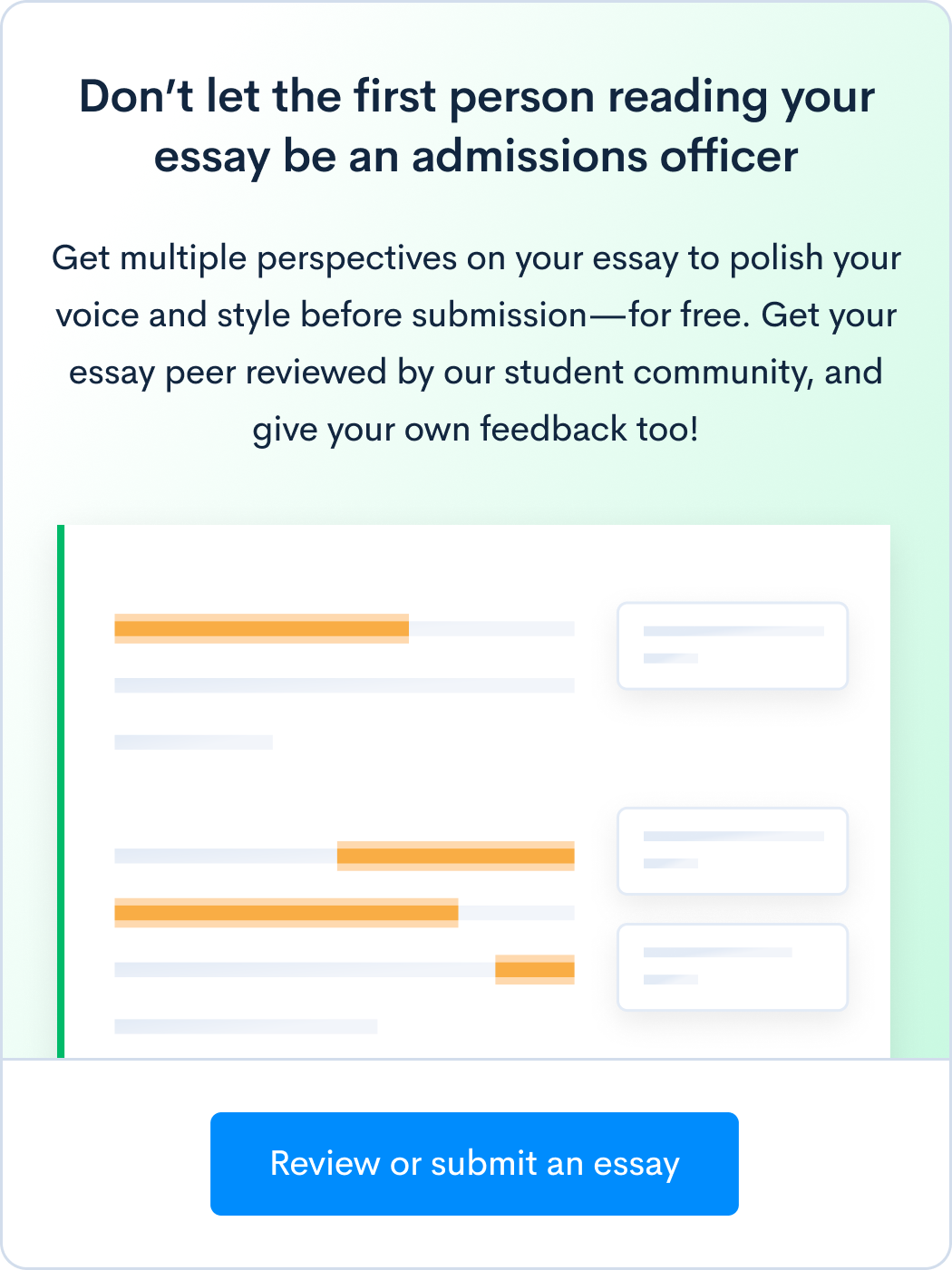How to Write the American University Supplement Essay 2017-2018
Just northwest of downtown Washington, D.C., sits a suburban pocket of the city that is home to American University, a private research university that enrolls about 7,700 undergraduates each year. Just a fifteen-minute bus ride away from the downtown area of our nation’s capital, American University offers students the best of both worlds — a suburban campus feel with easy access to a thriving and exciting city.
Given its location, it’s no surprise that American University offers top-notch international relations training, nor that its students are typically considered some of the most politically active in the nation. But AU’s strengths go beyond its ability to leverage its location for the good of its students. As a research university, it emphasizes the stellar research opportunities that it offers undergraduates, and in fact, it encourages all undergrads to make use of its research-related resources to pursue the projects of their dreams.
In recent years, American University has exponentially focused on building a campus that can attract and support an increasingly diverse student population from a variety of backgrounds. This year, the essay portion of AU’s application asks potential students to speak directly to that issue, and this article will offer some suggestions of how you might approach that question no matter what your background is.
American University Application Essay Prompt
All first-year students will participate in the American University Experience (AUx), a course specially designed for students transitioning into their first year of college at AU. Aux classes meet once per week as small, interactive and inclusive communities. The course provides a place for students to build academic skills for college success; learn about issues of privilege and bias; and explore their own personal identities. The course also models ways of communicating and living in a diverse society, particularly in reference to addressing divergent opinions on challenging topics.
How do you personally define an inclusive environment? What do you believe contributes to a diverse and accepting community? (500 words)
Before answering this question, you might ask yourself: What is the purpose of this essay? Unlike other college admissions essays that ask you to directly discuss your identity or background, this essay is not particularly concerned with your own personal history (though that may certainly play a role in your response). Rather, this essay wants to get a sense of what you hope your college education will be like and how you will engage people from different backgrounds with different beliefs.
Many people have different ideas about what a “diverse and accepting community” might look like. As you write this essay, the admissions officers are not particularly interested in whether your response conforms with “liberal” or “conservative” ideals about diversity; they are more interested in seeing that you can carry on a thoughtful and respectful conversation. If you would like to know more about how American University understands what an “inclusive environment” looks like, you can review their web page dedicated to that issue.
In recent years, there has been debate about how the commitment to diversity on university campuses intersects with the issues of free speech, safe spaces, and trigger warnings. One way to answer this prompt is to tackle those issues head-on. Some useful context and a few perspectives on these issues can be found here.
If you take this approach to the prompt, you should avoid making generalized statements about whether or not you think “safe spaces” are good or bad. A better approach would be to write a response to a specific quote from someone else. For example, in the series of radio interviews I’ve linked to above, Cameron Okeke discusses the role that safe spaces played in his education. In a piece that he wrote for Vox, he says:
If you want the perspective of someone with PTSD, then you better be prepared to do the work to make them comfortable enough to speak up in class, and that means giving them a heads up when discussing potentially triggering topics.
Do you agree or disagree? What kinds of institutional support beyond trigger warnings might be needed to make people with PTSD (post-traumatic stress disorder) comfortable enough to speak up? When you pick out a specific claim and respond to it, you are not only giving your essay a clear focus but also demonstrating that you can participate in a thoughtful discussion of texts — something that you will be doing no matter what university you end up at or what you decide to major in.
Another way to respond to this prompt is to begin with a story from your own personal experience and then discuss how that experience shaped your ideas about what an “inclusive environment” looks like. For example, maybe you went to the county courthouse with your mother and saw a statue of a Confederate soldier outside the courthouse door. How did seeing that statue make you feel? Can an inclusive environment “include” such monuments? Creating a welcoming space might be more than just a matter of welcoming people from a variety of different backgrounds into that space; it might also have something to do with the plaques, memorials, and architecture of the space itself.
A third way of approaching this topic might be to talk about an environment that you felt did a particularly good job of welcoming diverse perspectives and ideas. Maybe you had a high school English teacher who always seemed like she was able to get a good, respectful discussion going. How did she accomplish that? Maybe instead of just tossing out an “open-ended” question and letting the loudest students in the classroom talk, the teacher asked everyone to write down a response first and then had you form smaller discussion groups — giving those who might be more shy an avenue to start speaking.
On its face, this teaching technique might not seem directly related to welcoming people from diverse backgrounds to share their perspectives. But on closer examination, the link might be clear.
If a classroom only has one student from India, and the text for discussion on that particular day happens to be Arundhati Roy’s The God of Small Things, it is very easy for that student to feel the pressure of somehow serving as the “example” of all of Indian culture to the class as a whole. Some students might welcome that role, but for many that can be an uncomfortable position.
Perhaps the small group discussion technique lets students address each other as individuals and sustain a more dynamic conversation that does not put one particular student “on the spot.” If you are interested, USC’s Rossier School of Education has assembled an online library of resources for building an inclusive classroom that you can investigate.
Whatever approach you take, I would encourage you to focus in on something specific: a specific quote from someone, a specific personal experience, or a specific form of institutional support that you encountered. This prompt runs the risk of inviting vague pontificating, but a thoughtful discussion usually begins with an analysis of a specific text or situation from which more general conclusions are later developed.
For information on the application essays for other schools, check out CollegeVine’s database of essay guides.
Want help with your college essays to improve your admissions chances? Sign up for your free CollegeVine account and get access to our essay guides and courses. You can also get your essay peer-reviewed and improve your own writing skills by reviewing other students’ essays.








